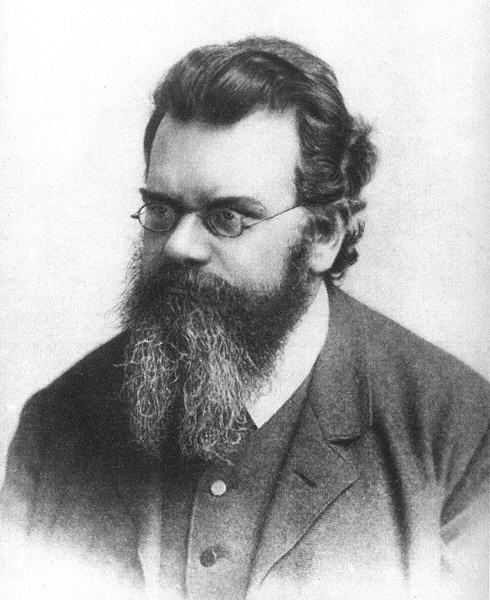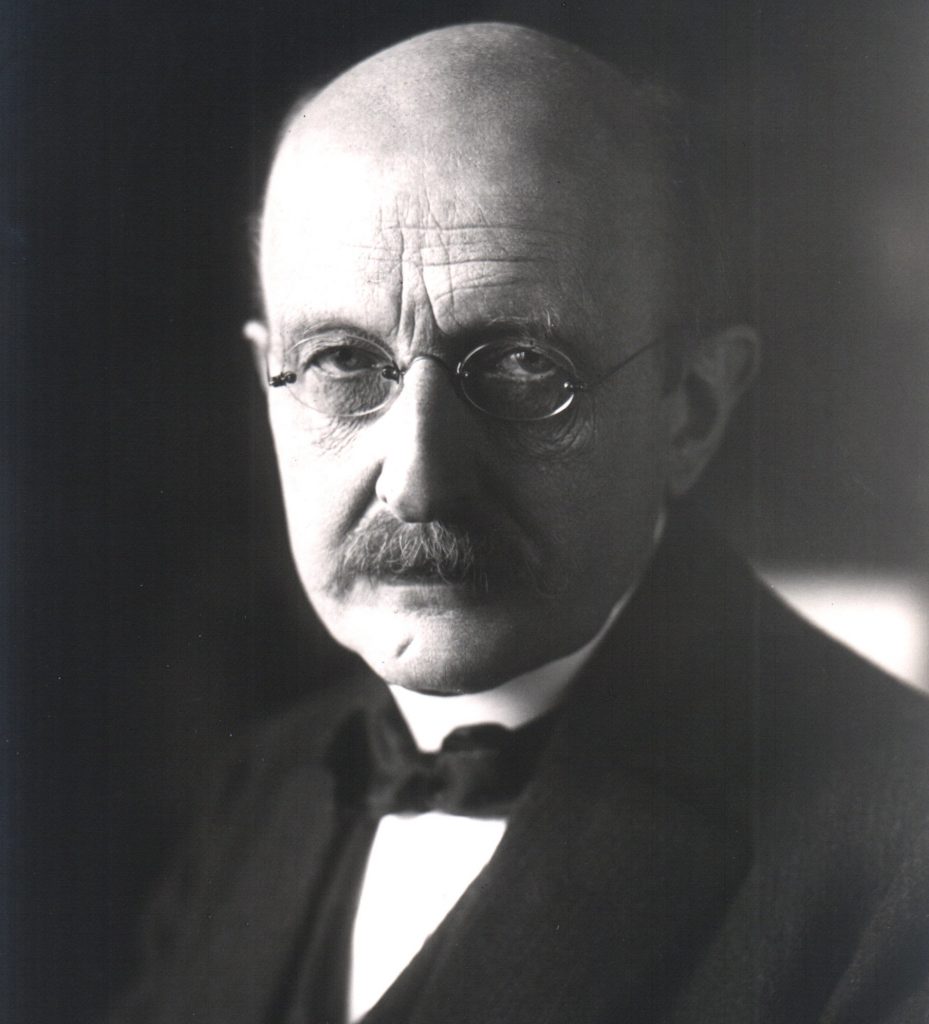The Boltzmann Constant, generally represented by kB or k, is a proportionality factor which compares the average relative kinetic energy of particles in a gas with the thermodynamic temperature (T) of the gas.
Index
Value of Boltzmann Constant
The Boltzmann’s constant is measured in energy per degree of temperature.
The value of Boltzmann’s constant is 1.380649 10-23 joule per kelvin (K), or 1.380649 10-16 erg per kelvin.
Boltzmann constants’ value can be expressed in various units. The table is given below consists of the value of k along with different units
| Value Of k | Units |
| 1.3806452 × 10-23 | m2.Kg.s-2.K-1 |
| 8.6173303 × 10-5 | eV.K-1 |
| 1.38064852 × 10-16 | erg.K-1 |
| 2.0836612(12)×1010 | Hz.K-1 |
| 3.2976230(30)×10-24 | cal.K-1 |
| 0.69503476 | cm-1.K-1 |
| −228.5991678 | dB.WK-1.Hz-1 |
| 4.10 | pN.nm |
| 0.0083144621 | kJ.mol-1K-1 |
| 1.0 | Atomic unit (u) |
History
The Boltzmann’s constant is named after Ludwig Boltzmann, an Austrian who discovered it in the 19th century.
Although Boltzmann first linked entropy and probability in 1877, the relation was never expressed with a specific constant until Max Planck first introduced k, and gave a more precise value for it.
Before 1900, calculations involving Boltzmann’s factors were written using a version of the gas constant R and macroscopic energies for macroscopic quantities of the substance, rather than the energies per molecule and the Boltzmann’s constant.
Boltzmann Constant and Ideal Gas Equation
The product of pressure p and volume V for an ideal gas is proportional to the product of substance n (in moles) and absolute temperature T:
\(pV = nRT\),
where \(R\) is the molar gas constant (8.31446261815324 J⋅K−1⋅mol−1)
The ideal gas law is transformed into an alternative form by the Boltzmann constant as the gas constant per molecule, k = R/NA:
\(pV = NkT\) where \(N\) is the number of molecules of gas.
Boltzmann Constant in Chemical Kinetics
Arrhenius Equation
The Arrhenius equation is a formula for the temperature dependence of reaction rates and given by,
\(k = Ae^{\frac{-E_a}{k_BT}}\),
Where,
\(E_a\) is the activation energy for the reaction
\(k\) is the rate constant
\(T\) is the absolute temperature
\(A\) is the pre-exponential factor, a constant for each chemical reaction
\(k_B\) is the Boltzmann’s constant.
Eyring Equation
The Eyring equation is a chemical kinetics equation that describes the rate of a chemical reaction as a function of temperature.
\(k = \frac{κ k_B T}{h}e^{\frac{\Delta G^\ddagger{}}{RT}}\)
Where,
\(T\) is the absolute temperature
\(\Delta G^\ddagger{}\) is the Gibbs energy of activation
κ is the transmission coefficient
\(k_B\) is the Boltzmann’s constant.
\(h\) is the planck’s constant
\(R\) is the gas constant
\(k\) is the rate constant
Boltzmann Constant in Statistical Mechanics
Degree of Freedom
For a given thermodynamic system, at absolute temperature T, the average thermal energy carried by each microscopic degree of freedom in the system is 1/2kT where k is the Boltzmann’s constant
Kinetic Theory of Gases
Kinetic theory of gases gives the average pressure p for an ideal gas as \(p = \frac{1}{3} \frac{N}{V}m \bar{v^2}\).
From ideal gas equation we know that \(pV = NkT\).
So we get,
\(\frac{1}{2} m\bar{v^2} = \frac{3}{2}kT\).
Partition Function
Generally, systems in equilibrium at temperature T have probability Pi of occupying a state i with energy E weighted by the corresponding Boltzmann factor:
\(P_i \propto \frac{exp\left(-\frac{E}{kT}\right)}{Z}\), where Z is partial function.
Statistical Entropy
In statistical mechanics, the entropy S of an isolated system at thermodynamic equilibrium is defined as the natural logarithm of W.
\(S = k \ln W\).
FAQs
Temperature and energy are related by the Boltzmann constant (kB).
The Boltzmann constant is dimensionally represented as [M1 L2 T-2 K-1].
The Boltzmann Constant is a term that describes how an atom’s energy is distributed. It’s a symbol for the Boltzmann factor. It has a major impact on the statistical definition of entropy. It is used to express thermal voltage in semiconductor physics.


